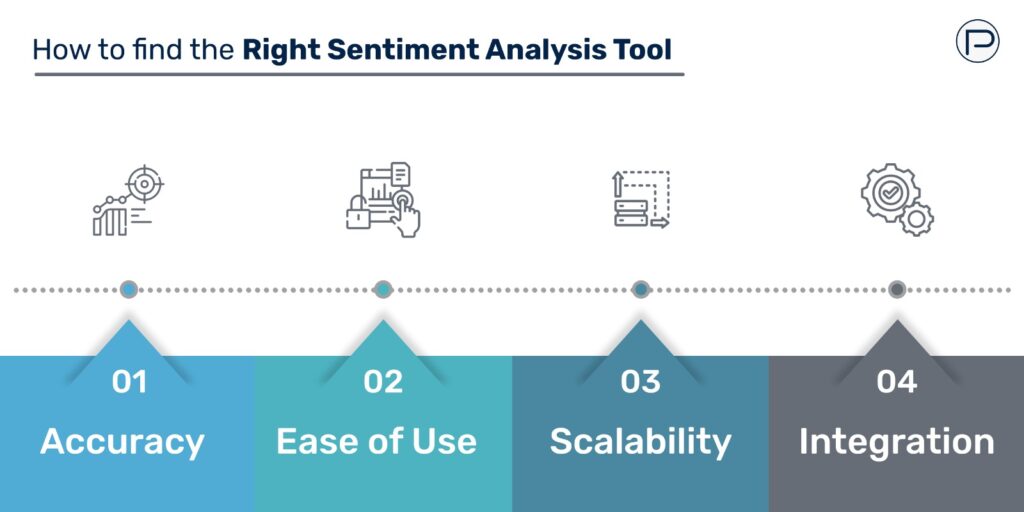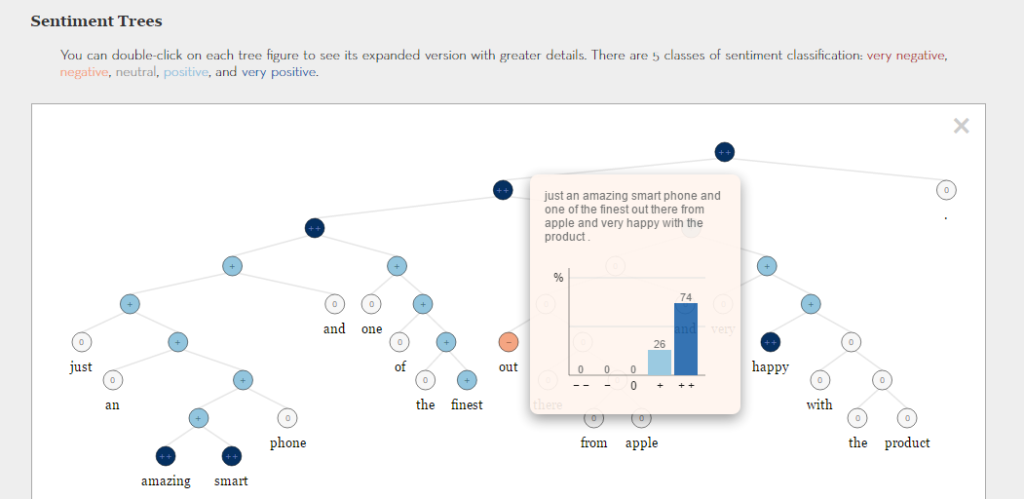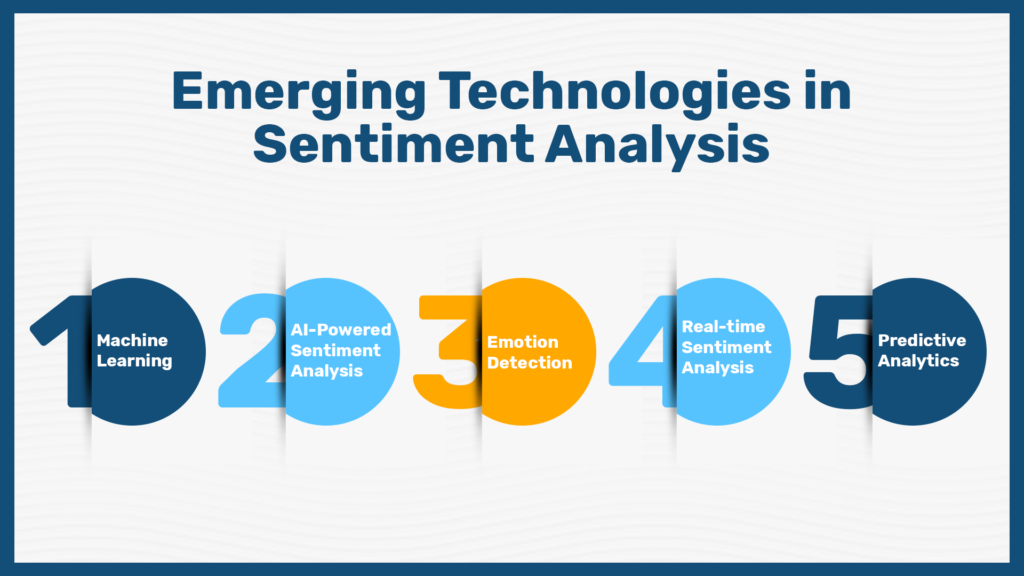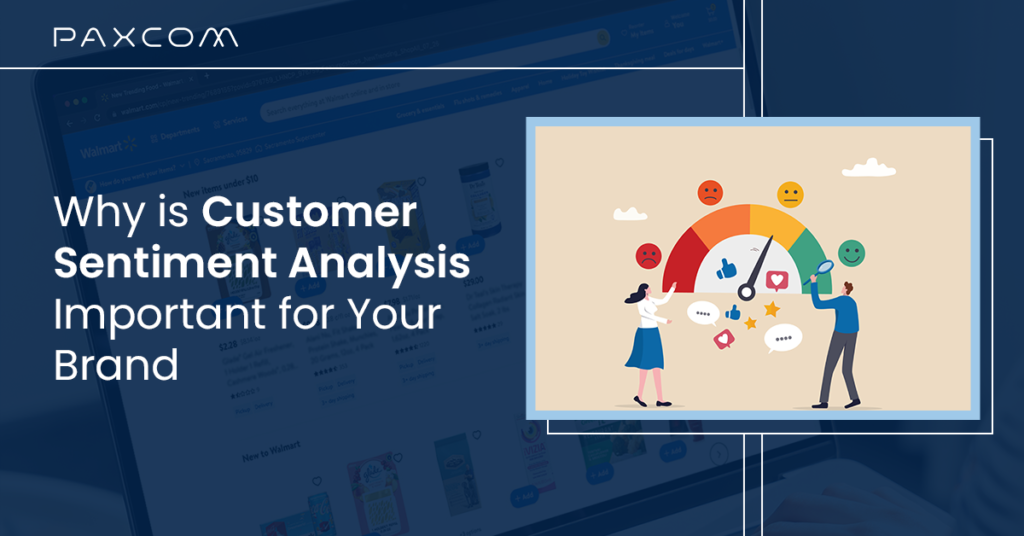In the ever-evolving landscape of business, understanding your customers’ sentiments is no longer a luxury; it’s a necessity. It’s not merely about analysing words; it’s about unlocking the emotions and opinions hidden within them. According to a report by Market Research Future, the global sentiment analysis market is expected to reach USD 6.3 billion by 2025. Whether it is a movie, car, restaurant, or mobile, people wish to know what others are saying!
According to Luizahou, 89% of worldwide buyers read reviews before making a purchase. On the other hand, TrustPulse states that reviews shared on social media platforms like LinkedIn (5.3x), Twitter (8.4x) and Facebook (40x) lead to higher conversion rates. The truth is, brands, have a lot to gain from positive reviews and a lot more to lose from negative reviews.
Table of Contents
Importance of Customer Sentiment Analysis
Collecting and analysing customer feedback is essential for businesses in the digital age. Analysing a small number of product reviews is feasible, but becomes challenging when dealing with a large volume, such as 10,000 or more reviews. Sentiment analysis becomes indispensable precisely at this point.
Improving Feedback: The practice of monitoring sentiment enables the collection of real-time feedback. Positive feedback may be strategically utilised for marketing purposes and to inform product development initiatives, while negative feedback can be swiftly attended to in order to enhance customer satisfaction.
Customer Analysis: Analysing customer sentiment enables you to comprehend how your customers perceive your products, services, and brand. It provides information regarding their likes, preferences, and sore points, which will guide your business decisions. With positive reviews, customers are 31% more likely to make a purchase (Luizahou).
Competitive Edge: The companies that proactively engage in attentive consumer sentiment analysis are more ideally positioned to maintain a leading position in the market. They possess the ability to rapidly adjust to changing customer needs and market trends.
Product Improvement: Analysing customer feedback is a great way to learn where you can make changes to your products and services. In order to better satisfy customer needs, this helps you refine your products.
Marketing Effectiveness: Customising marketing campaigns according to customer sentiment has the potential to yield increased levels of engagement and conversion rates. It is essential to ensure that your messaging effectively connects with your intended target audience.
Finding The Right Sentiment Analysis Tool

Finding the right sentiment analysis tool is critical for online sellers. Some key considerations include:
Accuracy: Choose tools with high accuracy in sentiment detection.
Ease of Use: Opt for user-friendly tools that don’t require extensive technical expertise.
Scalability: Ensure the tool can handle your data volume.
Integration: Look for tools that integrate seamlessly with your existing systems.
Our sentiment analysis tool is a powerful ally for businesses seeking to thrive in the digital landscape. With features that allow you to discover customer preferences and dislikes, identify product quality issues, and stay attuned to customer pain points, it equips you to make data-driven decisions that enhance your brand’s performance.
Moreover, our tool empowers you to stay ahead of the curve by uncovering emerging customer needs swiftly and conducting insightful competitor analysis through the analysis of customer feedback. Additionally, the ability to perform category-level analysis across various e-commerce platforms ensures you have a comprehensive view of your market.
So How Does It Work?
Have you ever wondered how a machine can understand the emotions, feelings, and opinions of a human?
It is possible through sentiment analysis, which makes use of Natural Language Processing popularly known as NLP or machine learning, which helps in discovering the context behind the content!
Let us explain it through this example: “I missed the flight! Awesome.”
In my opinion, no one likes to have their flight missed. But a general text analysis will pick the word “awesome” and state it as a positive comment, even though it is a “sarcastic comment.”. The complexity of human language is much higher, as it is an intricate game of words and emotions.
Therefore, sentiment analysis not only helps you tell about “what is bad” but also lets you know “why it is bad.”
Now, let us explore some of the common natural language processing tools that are widely used these days. However, the combination of such tools with a well-defined algorithm is used for much more complex sentiment analysis.
- Parts of Speech Tagger: Parts of Speech Tagger is one of the most widely used tools. It scans the whole sentence and differentiates each word according to the different parts of the speech, such as verbs, pronouns, adverbs, articles, and so on.
- Named entity recognised: It examines and marks the words in a sentence/phrase according to the names of the things—person name, location, date, time, and much more.

3. Sentiment Treebank:
It helps in calculating the sentiment based on how words compose the meaning of longer phrases rather than calculating on the basis of positive and negative words in isolation.

Applications of Sentiment Analysis in the E-Commerce Industry

Customer Reviews Analysis
Sentiment analysis is commonly employed for analysing customer reviews of products and services. This tool aids e-commerce businesses in analysing customer sentiment (positive, negative, or neutral) in reviews.
Through review analysis, businesses can identify product strengths and weaknesses, pinpoint areas for improvement, and make data-driven decisions.
Customer reviews can be analysed for sentiment to help calculate overall product ratings.
Market Research And Competitive Analysis
Sentiment analysis includes brand monitoring and analysing social media conversations about products and competitors.
eCommerce companies can monitor online discussions and sentiments about their brand and products in real-time. This aids in brand reputation analysis and crisis management during cases of negative sentiment.
Competitive analysis entails comparing sentiment trends and customer feedback across various brands and products in the market. This information helps understand the competition and find ways for a business to stand out.
Sentiment analysis in e-commerce enables businesses to utilise customer feedback, enhance products and services, and gain a competitive advantage by staying informed about market sentiment and customer preferences.
Product Review Analysis

Sentiment analysis may help e-commerce enterprises get product feedback. This helps them learn how buyers see their products. Businesses can prioritise product changes based on client preferences by categorising feedback as positive or negative. Positive feedback highlights the features that customers prefer the most, while negative feedback is more focused on the pain points that customers face with the product.
Application of NLP techniques helps gain a deeper understanding of the sentiments expressed by customers and helps brands gain better knowledge of the product by identifying its strengths and weaknesses. Reviews and insights lead to more tailored and customer-focused solutions, giving the brand a competitive advantage in the eCommerce space.
Natural Language Processing techniques extract both positive and negative keywords for the brand to gain valuable insights. Associated keywords such as “interesting,” “impressive,” “satisfying,” “insightful,” and negative keywords like “flawed,” “time-consuming process,” “irrelevant,” and “disappointing” inform various aspects of brand strategy, product strengths, weakneses and key areas for the brand to improve and work on product quality and support.
By utilising sentiment analysis in the context of product review analysis, brands can cultivate stronger customer relationships, enhance product offerings, and drive business growth.
Emerging Technologies in Sentiment Analysis

In the year 2024, a number of emerging technologies will significantly impact the field of sentiment analysis.
- Advancements in Machine Learning: The field of machine learning is witnessing continuous progress, leading to the development of advanced algorithms that enable enhanced accuracy in sentiment analysis. The models are increasingly advanced in their ability to comprehend context and subtle nuances in text, resulting in enhanced sentiment classification.
- AI-Powered Sentiment Analytics Tools: The utilisation of AI-driven sentiment analysis tools is increasingly prevalent, as they offer businesses in-depth insights into customer sentiment. These tools utilise natural language processing (NLP) and machine learning techniques to provide real-time sentiment analysis and actionable recommendations.
- Emotion Detection: The field of sentiment analysis is expanding beyond the basic classification of positive or negative sentiments. The advancement of emotion detection models has led to increased expertise, enabling businesses to effectively identify and interpret a wider range of emotions conveyed in customer feedback.
- Real-time Sentiment Analysis: In light of the growing significance of real-time decision-making, sentiment analysis tools are offering immediate insights into customer sentiment. This empowers businesses to promptly address customer feedback and issues.
- Predictive Analytics: Sentiment analysis can be combined with other data analytics techniques to make predictions about future customer behaviour and market trends. E-commerce businesses are able to anticipate shifts in customer preferences, identify emerging trends, and make decisions based on data in order to stay ahead of the competition. This is accomplished by analysing historical sentiment data in conjunction with other relevant factors, such as sales data and demographic information.
Overall, sentiment analysis plays a crucial role in eCommerce by driving product innovation, managing online brand reputation, coming up with competitive strategies and implementing personalised marketing initiatives that eventually result in enhanced customer experiences and increased conversions.
Benefits to Brand Owners

- Enhance Customer Experience: Sentiment Analysis facilitates the centralised monitoring of customer reviews across various platforms, enabling the swift identification and resolution of customer issues, thereby elevating the overall customer experience.
Explore the blog to uncover how sentiment analysis can significantly enhance the customer experience in eCommerce, offering valuable insights and strategies for success.
- Cultivate Online Reputation: By utilising sentiment analysis, you can assess the perception of your products or brand. It provides insights into ongoing discussions and sentiments surrounding your brand or products, particularly on social media platforms.
- Spot Opportunities and Refine Product Features: By analysing updated feedback, you can pinpoint shortcomings in your products or services. This valuable information presents opportunities for improvement, allowing you to differentiate yourself and excel in your industry.
Conclusion
Sentiment analysis serves as a valuable tool for discerning and quantifying various stages within the customer’s purchasing journey, encompassing awareness through to post-purchase phases. Leveraging this data enables the evaluation of the influence exerted by ongoing marketing campaigns, product launches, and overall online reputation and performance. While sentiment analysis proves to be a potent solution, with an expert’s help, you can streamline its effectiveness, allowing you to overcome any inefficiencies and gain invaluable insights. This process contributes to enhancing your brand’s perception and the overall customer experience. For further inquiries, please contact us at info@paxcom.net














